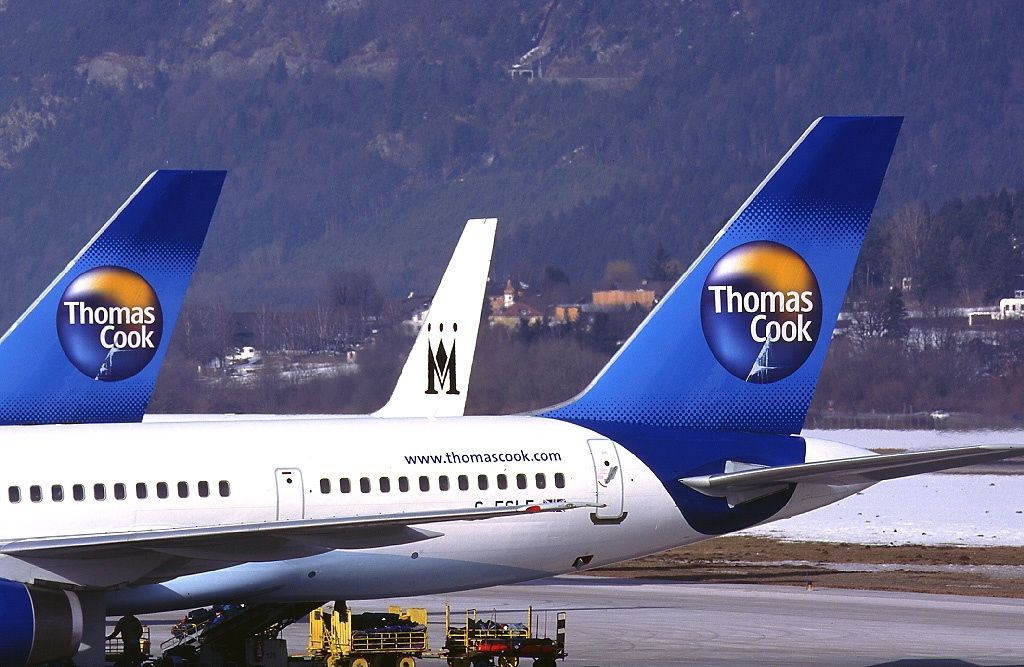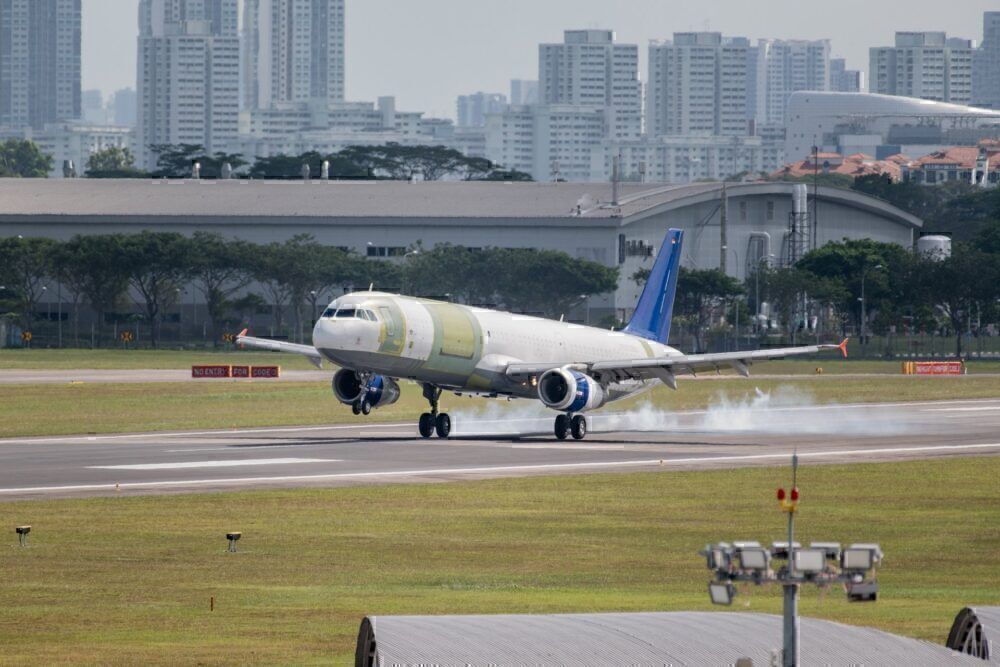ST Engineering has announced a program that will see Boeing 757 aircraft retired from active passenger flying duties being converted into specialist firefighting aircraft. The planes will be deployed worldwide to assist in fighting the increasing global phenomenon of wildfires.
Presenting the new Boeing 757P2T
Singapore-based ST Engineering has announced an innovative new program to convert former passenger-carrying Boeing 757s into aerial firefighting platforms. The consortium’s commercial aerospace business has recently signed a contract with Galactic Holdings to design and convert an undisclosed number of aircraft under the agreement. Upon delivery of the first aircraft, this will be the first time a 757-200 airframe has been used for such a role. This exciting project has been named the 757 Passenger-to-Tanker program, or 757P2T.
The conversions will draw on ST Engineering’s expertise in this field, having previously converted other types of passenger aircraft into aerial firefighting aircraft. Requiring extensive structural modifications, the aircraft selected will be converted at one of ST Engineering’s airframe and modification centers located within the United States. Assuming the program runs to schedule, the first aircraft will be delivered to Galactic Holdings in 2024.
Under the terms of the agreement between ST Engineering and Galactic, the specialist aviation conversion provider will undertake the complete scope of the program. This includes the full design process, the heavy structural engineering work required to convert the aircraft, right through to certification of the new type, and final delivery to the customer. Additionally, ST Engineering will provide a full nose-to-tail aftermarket service to its customer through its global network of MRO facilities.
In a statement issued by ST Engineering, Jeffrey Lam, President of Commercial Aerospace, commented,
“We are excited to be working with Galactic Holdings in this new endeavor of repurposing passenger aircraft into flying fire trucks. In addition to breathing new life into otherwise retired aircraft, we are glad that we can tap our expertise in aircraft conversion to develop innovative solutions to be used in the crucial fight against forest and wildfires that are increasing in numbers in various hotspots across the world.”
Impressive firefighting capabilities
This innovative use of retired 757s will see the newly converted aircraft carrying a total capacity of 7,000 gallons of fire retardant on a full load. When it enters service in 2024, with such an impressive capacity, the 757P2T will be one of the largest aerial firefighting platforms available on the market.
Commenting on the agreement struck between the two organizations for the development of the 757P2T, Darrin Henry, Managing Member of Galactic Holdings, said,
“We chose to partner with ST Engineering in this firefighting program as we are confident in its ability to deliver a green and highly innovative firefighting solution that will help drive value for our investors. We have committed to deploying the first Boeing 757P2T in 2024 and building a fleet after the award of the Supplementary Type Certificate. It is an advantage that we can also rely on ST Engineering for maintenance services for our future fleet.”
According to ST Engineering, the new tanker aircraft will be equipped with a state-of-the-art retardant dispensing system. The system, still under development, ensures a high degree of accuracy when the retardant is delivered over the site of the conflagration.
Compared to other aerial firefighting platforms currently in service (such as the Boeing 747 and McDonnell Douglas DC-10), the Boeing 757P2T offers significantly higher fuel efficiency. Also, its ‘hot-and-high’ performance, alongside its capability to operate from much shorter runways than its larger competitors, gives the 757P2T a competitive edge when fires break out in more remote regions of the world.
A well-established player in the conversion market
ST Engineering is no stranger to this type of work. Heavy maintenance and the conversion of passenger aircraft have become a mainstay of the company’s business in recent years.
Along with its partner Elbe Flugzeugwerke (EFW), the company was the first to convert an Airbus A321 former passenger aircraft into a dedicated freighter in 2021. Later that year, the first A321P2F was delivered to Titan Airways, leased from aircraft leasing specialist BBAM.
The company also offers an A330P2F conversion program and only last week announced an order for 29 of the type from ATSG, another aircraft lessor.
The need for such aircraft is increasing
The global occurrence of wildfires is increasing rapidly. In 2020, WWF, along with its partner, the Boston Consulting Group, announced that the number of global fires had risen by 13% over 2019. In particular, data from Brazil showed that wildfires in the Amazon Basin in 2020 were up 52% on the ten-year average and almost a quarter (24%) higher than for the previous three years.
Given this to be the case, demand for aerial firefighting platforms will undoubtedly increase in future years. The development of the 757P2T and its future addition to the global firefighting fleet will surely benefit the attempts to reduce the destruction caused by such disasters.


-Boeing-757-224-N14106-(2).jpg)
.jpg)
